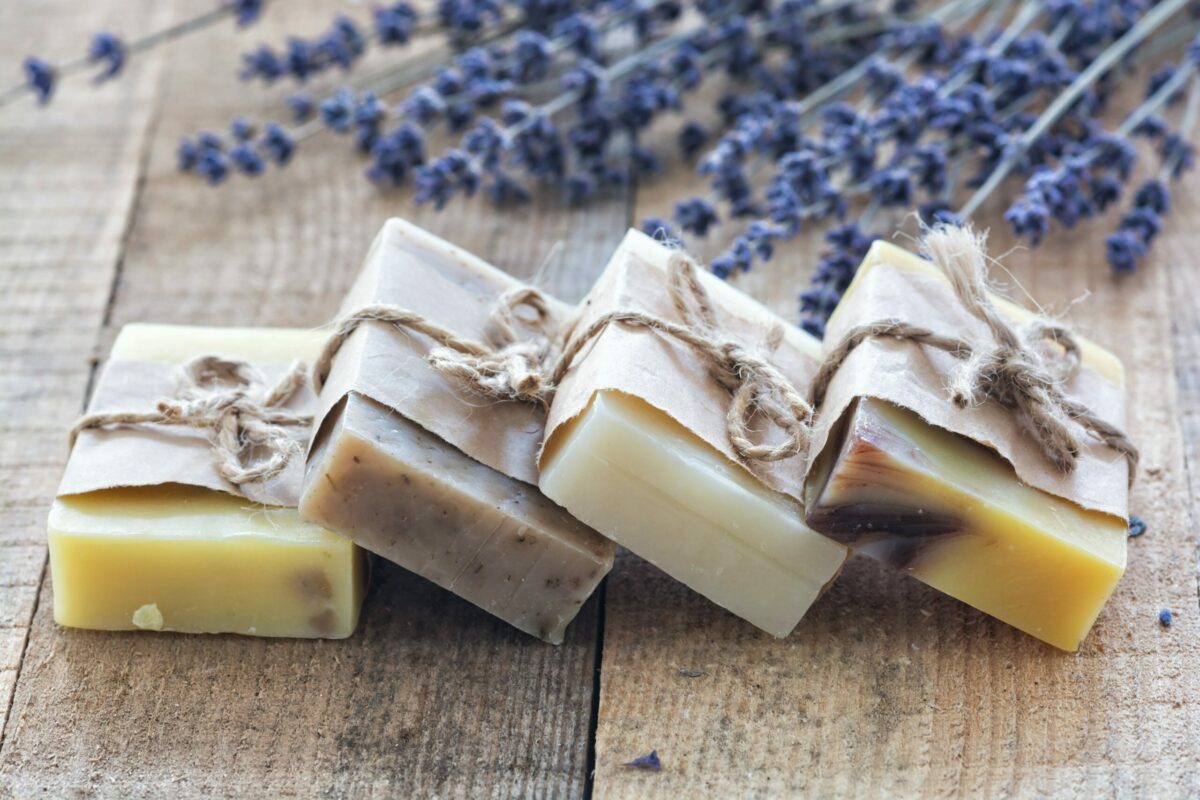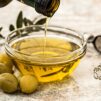
The Alchemical Ballet: Unraveling the Chemistry Behind Soap
The seemingly ordinary bar of soap holds a secret chemical dance within its molecular structure. In this captivating journey, we’ll unravel the fascinating chemistry behind soap, shedding light on the alchemical marvel known as saponification. From ancient serendipity to modern understanding, let’s explore how this essential product was discovered through the magic of chemical reactions.
The Dance of Atoms: Saponification Unveiled
At the heart of soap-making lies a remarkable chemical process known as saponification. This dance of atoms transforms humble ingredients into the cleansing powerhouse we know and love.
Saponification involves the reaction of fats or oils with an alkaline substance, such as sodium hydroxide (lye) or potassium hydroxide. These alkalis initiate a graceful exchange of molecules, breaking apart the fats’ triglycerides and forming glycerol and soap molecules.
Early soap-makers didn’t fully grasp the science behind this magical reaction, but they recognized its value. This serendipitous discovery paved the way for centuries of innovation and refinement.
Chemistry of Cleansing: How Soap Works
The secret to soap’s cleaning power lies in its dual nature. One end of the soap molecule is hydrophilic (water-loving), while the other end is hydrophobic (water-repelling). When you lather up, these molecules surround dirt and oils, forming micelles that lift them away from your skin. With a rinse of water, the micelles and their cargo are washed down the drain, leaving you refreshed and clean.
The Renaissance of Understanding: Scientific Enlightenment
During the Renaissance, a deeper understanding of chemistry emerged. Alchemists and scientists like Robert Boyle began to unravel the mysteries of saponification, providing the groundwork for modern soap-making.
In the 18th century, the French chemist Joseph Louis Proust established the law of definite proportions, which clarified the precise ratios of ingredients needed for saponification. This breakthrough laid the foundation for standardized soap production.
Today, soap-making has become a sophisticated science, blending tradition with cutting-edge technology. Chemists meticulously formulate soaps to cater to specific skin types and preferences, incorporating natural ingredients, essential oils, and advanced surfactants.
The story of soap is a testament to the power of chemistry, from the ancient alchemists’ accidental discovery to the modern chemist’s precise formulations. Every time you lather up, you’re participating in a chemical ballet that has been unfolding for millennia. So, the next time you hold a bar of soap, remember the intricate chemistry that makes it a daily essential—a testament to the enduring legacy of scientific exploration




